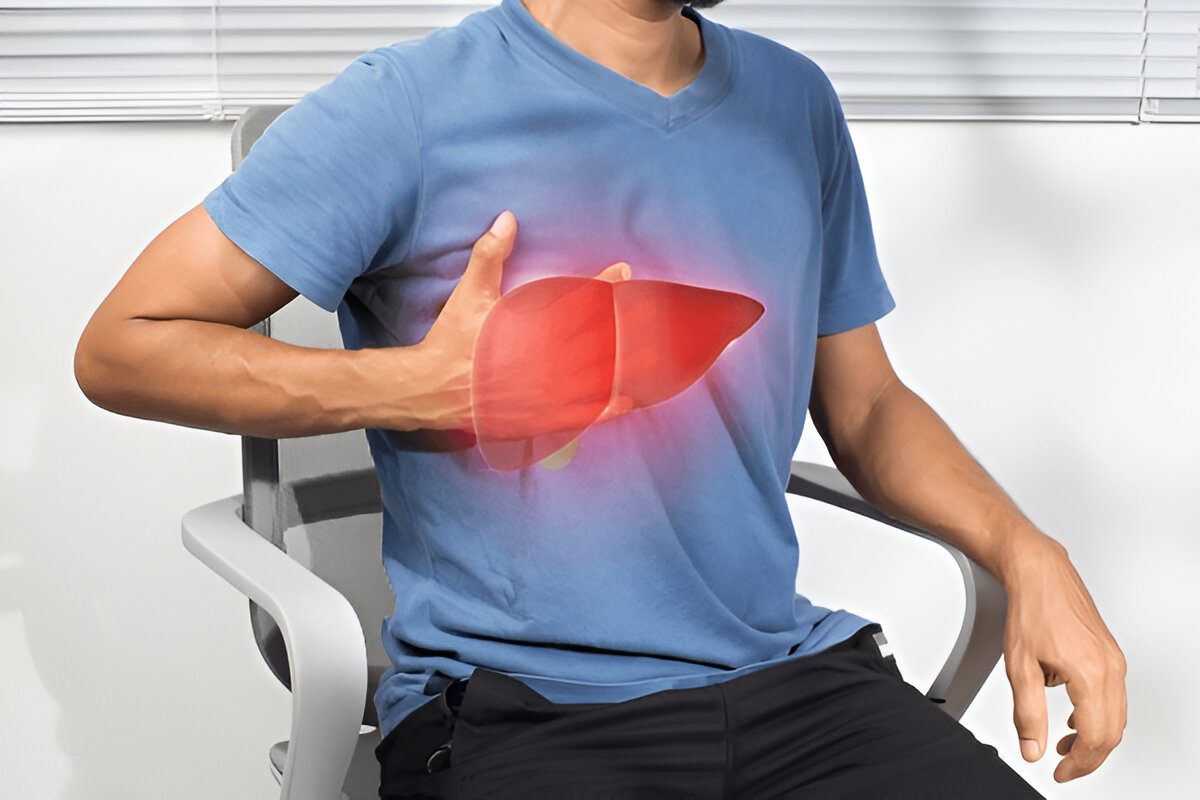Causes of Liver Cirrhosis
There are several factors that cause cirrhosis; hence, knowing the main cause of this condition is the chief step of effective liver cirrhosis treatment and prevention.
1. Chronic Alcohol Abuse
Excessive alcohol consumption for the long term is one of the main causes of liver cirrhosis. Alcohol can directly damage and worsen the liver.
2. Viral hepatitis
Viral hepatitis B and C infections cause constant liver inflammation, which can further lead to cirrhosis if not treated early. Getting timely antiviral therapy plays an important role in effective liver cirrhosis treatment.
3. Non Alcoholic fatty liver disease
Fat accumulation in the liver can progress to non-alcoholic steatohepatitis and cirrhosis. It happens due to obesity, high cholesterol, diabetes and poor lifestyle.
4. Autoimmune liver diseases
The immune system wrongly attacks the liver cells, which can cause chronic inflammation and scarring. It needs proper diagnosis for the best treatment for liver cirrhosis in such cases.
5. Bile duct disorder
Primary biliary cholangitis or primary sclerosing cholangitis can block or damage bile ducts. It can further lead to bile buildup and liver damage over time.
6. Genetic and metabolic disorders
Diseases like hemochromatosis, Wilson’s disease, and alpha-1 antitrypsin deficiency can affect the liver and cause cirrhosis.
7. Long-term medication or Toxin exposure
Persistent use of certain medications and toxin exposure can damage liver cells, which can further lead to cirrhosis.
